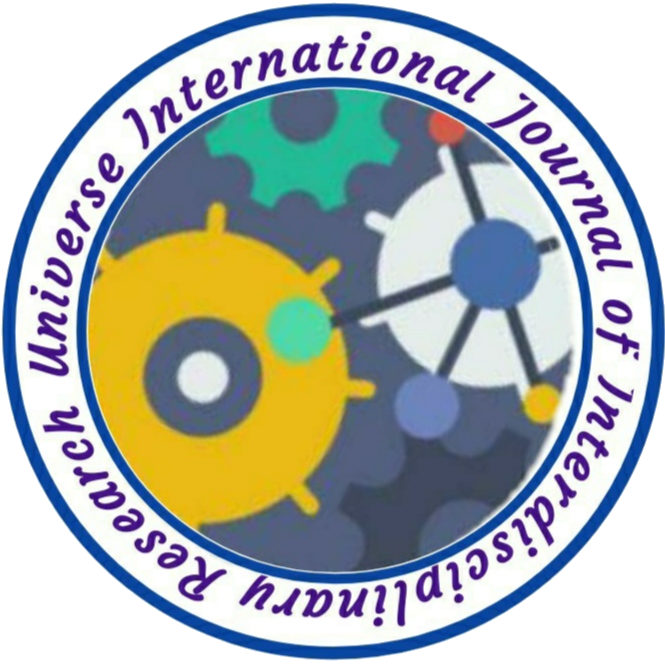APPLICATION OF NANOTECHNOLOGY IN CROP DISEASE MANAGEMENT
Author Name: Rakesh Kumar
Volume: 01 & Issue:
Country: INDIA
DOI NO.: NA, DOI Link: http://doi-ds.org/doilink/08.2020-25662434/
Affiliation:
- Department of Botany, V.S.P. Govt. (PG) College, Kairana, Shamli (Uttar Pradesh), India, E-Mail:kumarrbotany@gmail.com
ABSTRACT
Insects and pests are the major threats to the economy of any country as they cause big losses to profitable crop production. Frequent application of insecticides and pesticides has resulted in development of pest and disease resistance, accumulation of residues in produce and the environmental pollution. So, there is a need for alternative strategies to control pests and pathogens. Nanotechnology offers new insights of biotechnology and agriculture. Application of nanotechnology in crop protection holds a significant promise in management of insects and pathogens, by controlled and targeted delivery of agrochemicals and also by providing diagnostic tools for early detection. Nanoparticles can serve as ‘magic bullets’, containing herbicides, nano-pesticides, fertilizers, or genes, which target specific cellular organelles in the plant to release their content. Nanoparticles are highly stable and biodegradable active compounds protected in capsules, they are not degraded by external agents or the crop plant itself, and are not involuntarily dispersed into the soil, allowing the use of a reduced number of active compounds for plant treatments and consequently causing a lower environmental impact. Further, nanoparticles linked with biomolecules with specific affinity (e.g. antibodies or aptamers) assure the selectivity and specificity of targets. Along with these benefits, Nano devices for plant protection currently show also some constraints. First of all, there are not yet sufficient studies on the potential toxicity of some nanomaterial (Nano silver, Nano gold, etc.) on plants, animals and the environment. Potentially, if nanomaterial accumulate in vegetal and animal tissues, they can end up into the food chain. It is therefore fundamental to guarantee their safety and to correctly inform the consumers. However, the use of non-toxic materials (starch, chitin or Nano clays versus metals) eliminates such risk.
Key words: Nanotechnology, disease management, nanomaterial, nanoparticles, agriculture,

No comment